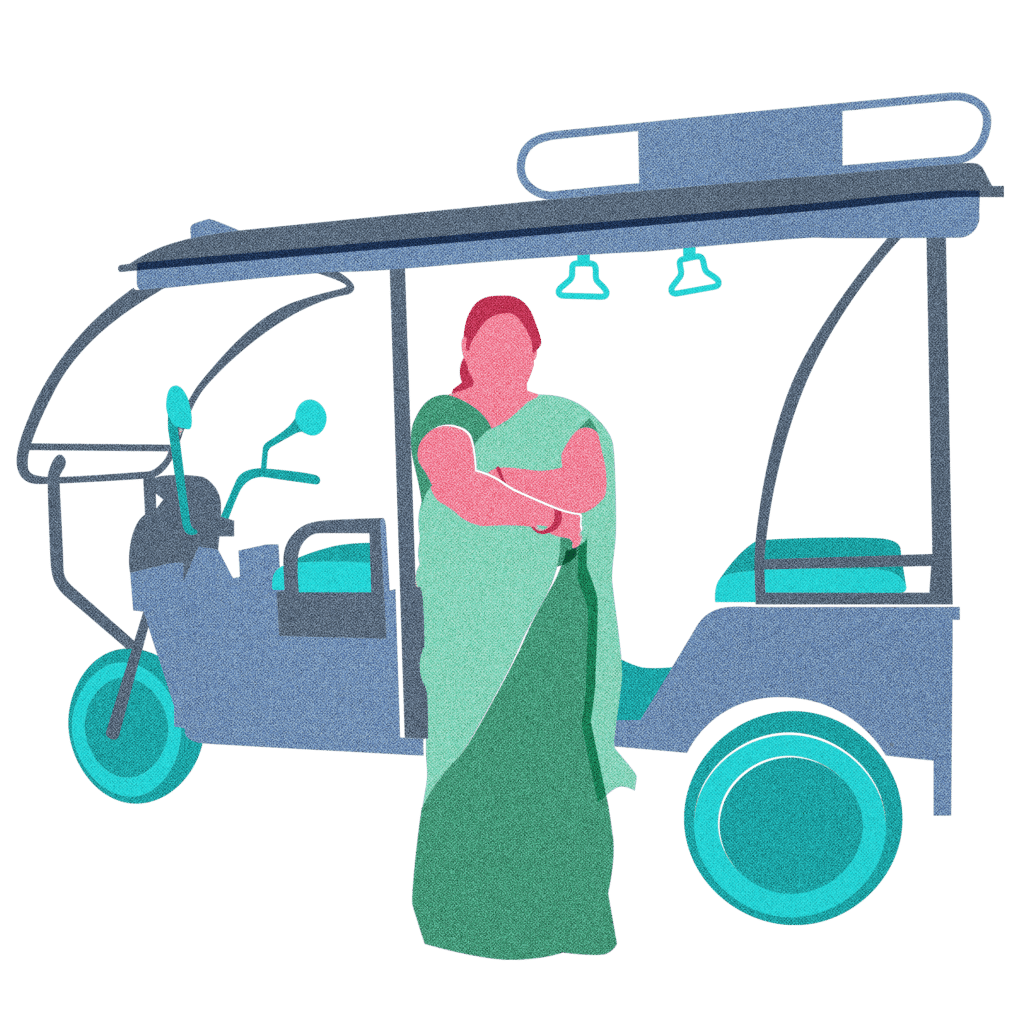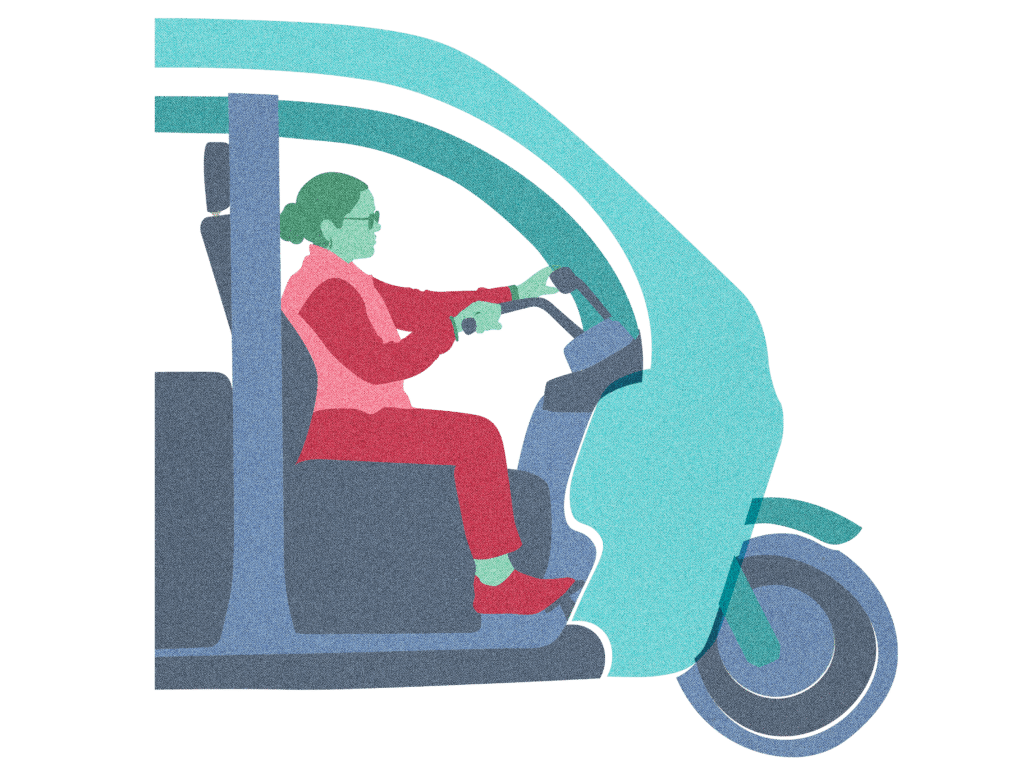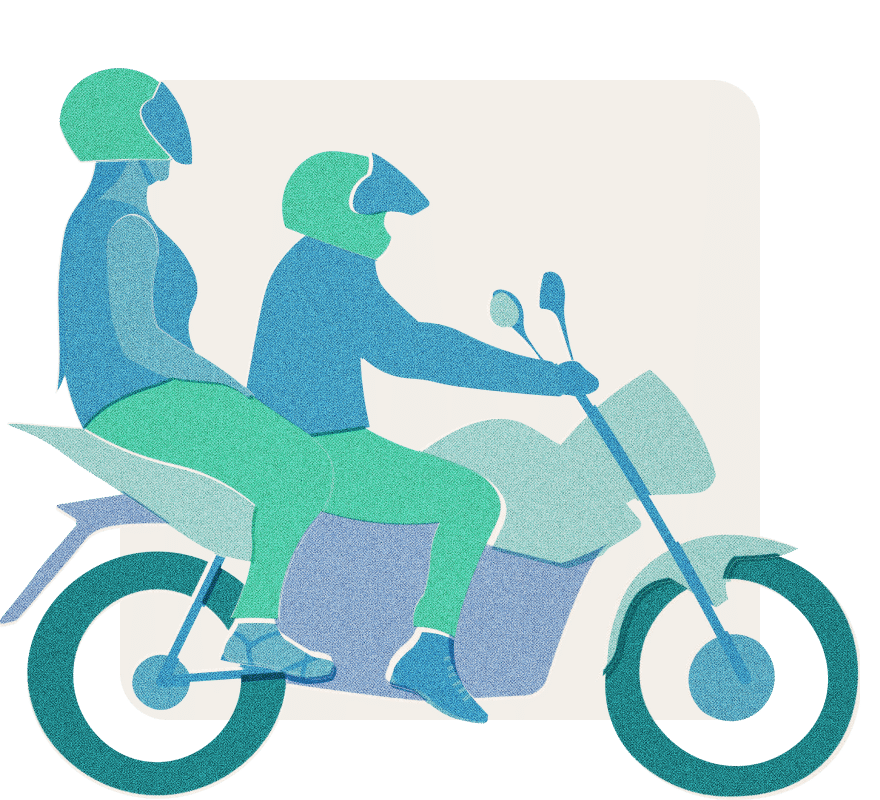Scaling real-time transport information in Kampala
Harnessing data and information
To achieve our mission, Shell Foundation puts an emphasis on harnessing data and information for the benefit of our customers. An example of this, is how information plays a huge part in Transporters being able to earn a living income and for emerging market cities to fully function. Along with our partners and other innovators in our portfolio, such as battery technology, ride-hailing apps, and other product areas, we need to look at the holistic picture
Shell Foundation’s partner, Where Is My Transport (WIMT), carried out a case study to address the challenges of scaling a real-time data solution across emerging-market cities. This in turn could increase efficiency and earning power and optimise entire city transport systems.
Using Motion Kampala data to save time and money
Kampala, Uganda was selected to be the test city for the “Motion Kampala” scheme because of its predominantly informal modes of transport, mototaxis (Bodas) and minibuses. WIMT set up the scheme in which they paid Boda drivers a small sum to send real-time traffic information.
On average, between January and May 2023, Motion Kampala posted 583 alerts per month, averaging 20 alerts per day and has reached more than 640,000 users. Most alerts were instances of traffic causing delays, a common occurrence in Kampala, but also traffic accidents, leaks and flood information.
72.8% of users said they had changed their journey based on information provided by Motion Kampala saving them a significant amount time and money.
Going beyond helping drivers and commuters
The scheme not only helped drivers and commuters, but also provided real-time information to cities, governments and international financial institutions. Additionally, it provided historic data on incidents and disruptions which can assist these groups understand points of congestion, high accident or traffic zones and areas in need of development.
The case study highlights how real-time information can transform the experience of using public and urban transport and addresses some of the problems that must be overcome before a solution can work at scale and cost-effectively.
















